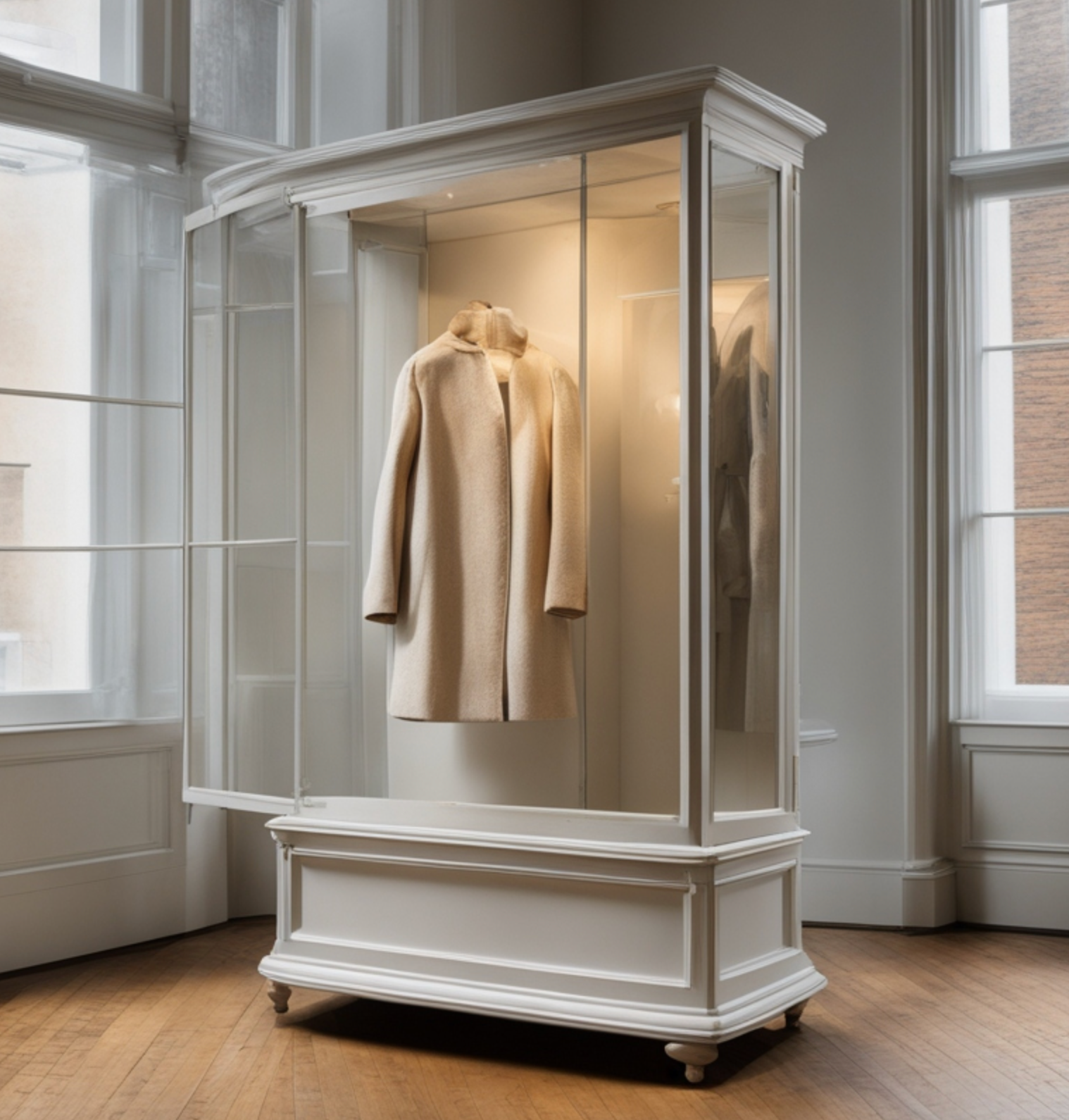Manifesto

At TO RECOLLECT, we are committed to inspiring a shift from consumption to collection. By preserving the artistry of pre-owned pieces, we provide guidance and treasures that empower collectors to build meaningful, timeless and valuable collections. We envision a society where the pursuit of quality and craftsmanship becomes the new standard—one in which each piece is cherished not only for its history but also for the lasting impact it creates.
This shift nurtures a deeper connection to the world around us, where choosing fewer, yet richer, items embodies a life focused on treasuring what endures. By consciously selecting and caring for what we collect, use, and pass on, we extend the lifespan of these objects, fostering a more circular and respectful relationship with our possessions and environment.
Small actions by individuals can create powerful ripples, ultimately leading to a significant impact on society, nature, and the planet. Everything is interconnected, and our choices matter. This intentional mindset fosters positive change on every level, inspiring a more sustainable, mindful, and fulfilling way of life that benefits not only ourselves but the world we share.
The Urgency of 'Collecting vs. Buying': A Shift in Philosophy and Action for Fashion
The fashion industry stands at a pivotal crossroads. Years of overconsumption have led to alarming levels of clothing waste and a heavy toll on the environment. However, growing awareness of this issue is creating momentum for change—a shift from a fast-paced throwaway culture to a more mindful and sustainable approach to fashion. At the heart of this transformation lies the concept of "collecting vs. buying."
Consumer Search for Value
Consumers increasingly turn to secondhand options for better value, driving explosive growth in the resale market. Key data highlights:
- 41%: Consumers who look to secondhand outlets when seeking apparel deals.
- 15x: Growth rate of the U.S. resale market compared to the broader clothing retail sector in 2023.
- 10%: Share of the global apparel market that secondhand fashion is expected to capture by 2025.
- $350 billion: Projected value of the resale market by 2028, with a compound annual growth rate of 12%.
- 60%: Consumers who believe shopping secondhand apparel provides the best value for money.
Shifting Perceptions
Changing perception of secondhand clothing: Pre-owned fashion is increasingly seen as stylish and sustainable, moving beyond its past image as a budget-friendly compromise. Showcasing how secondhand items can be styled into trendy outfits strengthens this shift.
Demand for transparency and traceability: Consumers want to know where their clothes come from and how they were made. Highlighting the origins and stories behind pre-owned pieces meets this need for openness.
- 75%: Consumers who have adjusted their shopping habits to make more sustainable choices.
- 57%: Consumers willing to pay more for products deemed sustainable.
- 83%: Consumers who believe brands are responsible for reducing their environmental impact.
The Rise of Pre-owned Fashion
Secondhand clothing and online resale platforms are gaining traction as sustainable alternatives. Highlights include:
- 15x growth: The resale market outpaced traditional retail in the U.S. in 2023.
- 10% market share: Secondhand fashion is projected to account for 10% of the global apparel market by 2025.
- 25 billion pounds: Estimated CO2 emissions saved annually by buying secondhand instead of new, equivalent to removing 5.4 million cars from the road for a year.
Source of data: McKinsey & Company, "The State of Fashion 2025" (nov 2024).

A Call for Mindset Change
Reversing the negative impacts of the fashion industry requires a fundamental shift in mindset. The "collecting vs. buying" philosophy emphasizes cherishing and reusing clothing as the cornerstone of this change. By focusing on quality, sustainability, and the unique characteristics of pre-owned items, we can foster a more conscious and responsible fashion culture.
Moreover, governments and organizations are beginning to recognize the importance of this shift. For example, the European Union’s Green Deal includes measures aimed at making textiles more durable and easier to recycle, while various brands have introduced circular economy initiatives such as rental services and clothing repair programs.
Conclusion
Fashion consumption today is unsustainable—there’s no denying it. By shifting our mindset from consuming to collecting, we can make a real difference for both the environment and our personal style. When we choose clothing that truly resonates with us, pieces we value and that are made to last, we set positive change in motion. Every thoughtful decision adds up, influencing the fashion industry toward a more conscious, enduring future. The power to create that change lies with each of us.




